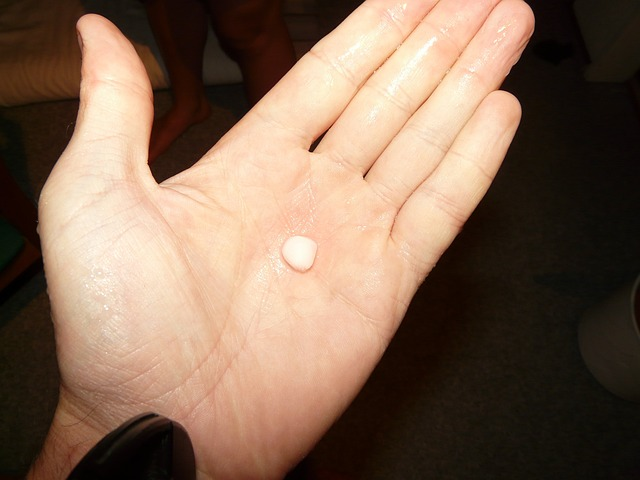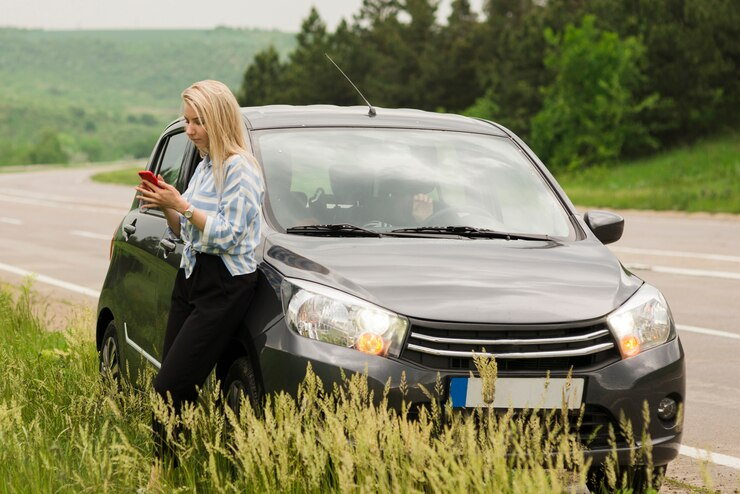Does small hail damage cars? Here’s What You Need to Know

Aluminum Dent Repair for Hail Damage: What Every Car Owner Should Know
December 20, 2024
Effects of Ignoring Hail Damage: What Car Owners Need to Know
January 24, 2025The sound of hail bouncing off your automobile (and the thought of costly repairs) can send shivers down your spine. Often, people think that cars only get damaged by large hailstones, such as those that are as big as golf balls. However, you may be surprised to learn that small hailstones can also cause significant damage, even if they are as small as peas.
If you’re looking for answers to questions like does small hail damage cars, how big does hail need to be to damage a car, will pea-sized hail damage a car, and how you can prevent the damage, this blog is for you. It covers the basics and some advanced information to help you save your beloved car in case a storm hits.
What Is Hail?
Hail is formed through a unique phenomenon. Upward air drafts carry raindrops into the freezing higher layers of the atmosphere, creating ice pellets. These pellets can vary in size depending on the amount of moisture in the air and how quickly they are carried upwards.
Large hailstones typically measure between 1.75 – 2.75 inches in diameter or larger. That means their size can be as big as golf balls or baseballs. On the flip side, small hailstones are usually 0.2 – 0.5 inches in diameter. On average, this means they are as small as peas or quarters. Now, let’s address another important question.
What Size Hail Damages Cars?
To be honest, nearly any hail size can damage a car. Even though bigger hailstones have greater potential to cause damage, smaller ones can still cause minor dents and scratches.
For instance, hail as big as golf balls looks menacing and, without doubt, can shatter windshields or warp panels. Small hail might seem harmless, but pea-size hail damage can include chipped paint and dented surfaces.
Now, let’s get to our main question directly!
Does Small Hail Damage Cars?

Source: Pixabay
The short answer is yes, small hail can damage cars. While the damage might not always be as severe as that caused by larger hail, it can still result in visible and costly issues. Here’s what small hail can do to your vehicle:
1. Cause Surface Imperfections
Small dents and dings on the surface of your vehicle are the most common types of hail damage. Since the surface area of the roof and hood are larger, they are typically the prime targets for hail damage.
Surface imperfections usually consist of minor, shallow dents no larger than a coin. While they may not seem like a big deal, these imperfections significantly impact your vehicle’s aesthetics and lower its resale value. If left untreated, water can pool in them, leading to rust and structural issues.
2. Chip the Paint
When hail strikes the surface at the right angle and force, it can chip the paint of your car. So, a pea-sized hail-damaged car can have a scarred appearance and reduce resale value. More alarmingly, the dents can expose the underlying material, making your vehicle more susceptible to rust and corrosion.
3. Damage to Windshields, Mirrors, and Tail Lights
Large, dense hailstones can shatter glass and plastic components. However, small hail damage to windshields and side mirrors often results in cracks or chipped surfaces. Though the extent of damage is less, it can still hamper visibility and make it difficult to drive.
Factors That Influence the Severity of Small Hail Damage to Vehicle
While the size of hail to damage a car is one of the most influential factors determining the severity of damage, other aspects also determine the extent of damage, such as:
1. The Position of the Vehicle
Cars that are parked in open spaces are likely to get damaged from hail. Parking under carports or inside garages circumvents hail damage.
2. Wind Speed and Direction
Strong winds can accelerate the speed of small hailstones, causing them to hit the surface of the vehicle with more force. Besides this, the wind direction can also affect which part of the car gets hit. Areas that are directly exposed to the wind are likely to get damaged more.
3. Storm Duration
Any surface that has to endure a hail storm for a longer time will obviously be exposed to more impacts. So, the longer a hailstorm lasts, the greater the chance of hail repeatedly hitting your car.
4. Material of the Vehicle and Age
The material the car is made of can determine the extent of the damage. Those manufactured from lighter materials like aluminum tend to dent more easily than older, sturdier models that are often made of steel. However, the age and condition of the car also matter. Older models with worn-out paint and weakened structures can easily get damaged by even small hail.
5. Hail Density
Hailstones, even small ones, often have different densities. Softer, less dense hailstones cause less damage than harder, more dense ones.
How to Identify Light Hail Damage on Your Car
Now that you know the answer to ‘Can small hail damage a car’ it’s time to identify the damage from small hailstones. Here are some steps to help:
- Inspect in Bright Light: Examine your car under natural sunlight or a bright light source. The dents are often more visible when viewed from an angle.
- Run Your Hand Over the Surface: Sometimes, dents can be felt more easily than they can be seen. Gently run your hand over the hood, roof, and trunk to detect any irregularities.
- Check for Paint Chips: Look closely for any cracks or chips in the paint caused by hail impact.
- Examine Glass Components: Inspect the windshield, windows, and mirrors for chips or small cracks.
What to Do If Your Car Has Small Hail Damage

Source: Freepik
If your car has sustained damage from small hailstones, taking prompt action can prevent further issues:
1. Document the Damage
Take photos of all visible damage, including dents, paint chips, and cracks. This documentation is essential if you plan to file an insurance claim.
2. Contact Your Insurance Provider
Most comprehensive auto insurance policies cover hail damage. Report the damage as soon as possible and provide the necessary documentation to expedite the claims process.
3. Seek Professional Repair Services
Visit a professional repair shop or hail damage expert to get a cost assessment. After all the details have been finalized, schedule the repairs to restore your car.
How to Prevent Small Hail Damage to Your Car
Prevention is always better than repair when it comes to hail damage. Here are some tips to protect your vehicle from small hailstones:
1. Park in Covered Areas
Whenever possible, park your car in a garage, carport, or under a sturdy awning during hailstorms.
2. Use a Car Cover
Invest in a hail-resistant car cover to create a cushioned layer that can absorb the impact of hailstones.
3. Stay Informed About Weather Conditions
Keep an eye on weather forecasts, especially during hail-prone seasons. If a hailstorm is expected, take proactive measures to protect your car.
Does Insurance Cover Small Hail Damage?
Comprehensive auto insurance policies typically cover hail damage, regardless of the size of the hailstones. However, there are a few things to keep in mind:
- Deductibles: Check your policy to understand the deductible you’ll need to pay out of pocket before coverage kicks in.
- Timely Reporting: Report hail damage promptly to avoid complications or disputes with your insurer.
The Long-Term Impact of Small Hail Damage
Ignoring small hail damage might seem harmless at first, but it can lead to more significant problems over time:
- Rust and Corrosion: Chipped paint can expose the metal underneath, leading to rust.
- Reduced Resale Value: Visible dents and scratches lower the resale value of your car.
- Compromised Glass Integrity: Small cracks in windshields or windows can expand, increasing the risk of shattering.
Over to You
Small hailstones may not seem as threatening as their larger counterparts, but they can still cause noticeable and costly damage to your car. From minor dents and paint chips to glass cracks, even small hail can leave its mark. By understanding how does small hail damage cars, you can take proactive measures to protect your vehicle and minimize the impact of hailstorms.
If your car does sustain damage, you should address it promptly. Through professional hail repair service providers like Rapid Auto Hail Repair, you can fix small hail damage effectively to ensure your vehicle remains in optimal condition. We have the right tools and skilled team to fix all kinds of hail damage to your car. What’s more, we can also help with insurance claims. For more details, contact our customer service representatives.




